Ditapis dengan
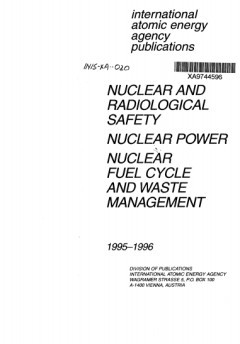
Nuclear and Radiological Safety, Nuclear Power, Nuclear Fuel Cycle and Waste …
This catalogue lists all sales publications of the International Atomic Energy Agency dealing with Nuclear and Radiological Safety, Nuclear Power and Nuclear Fuel Cycle and Waste Management and issued during the period of 1995-1996. Most publications are in English. Proceedings of conferences, symposia and panels of experts may contain some papers in languages other than English (Arabic, Chines…
- Edisi
- -
- ISBN/ISSN
- -
- Deskripsi Fisik
- -
- Judul Seri
- -
- No. Panggil
- 333.7924 IAE N
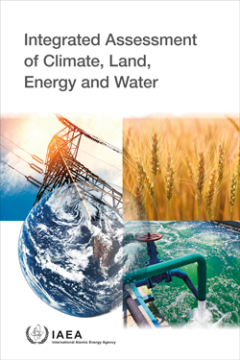
Integrated Assessment of Climate, Land, Energy and Water
This publication presents the findings of an IAEA Coordinated Research Project (CRP) on the development and application of the integrated climate, land, energy and water (CLEW) framework. Together with other UN partners, the IAEA has developed this framework in response to global challenges such as ensuring universal access to food, energy and water, to achieve UN Sustainable Development Goals.…
- Edisi
- -
- ISBN/ISSN
- 978-92-0-113720-3
- Deskripsi Fisik
- 76 Pages
- Judul Seri
- -
- No. Panggil
- 303.4 IAE I
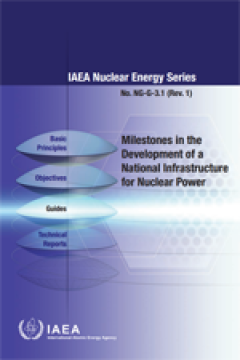
Milestones in the Development of a National Infrastructure for Nuclear Power …
The development and implementation of an appropriate infrastructure to support the successful introduction of nuclear power and its safe, secure, peaceful and sustainable application is an issue of central concern, especially for countries that are considering and planning their first nuclear power plant. In preparing the necessary nuclear infrastructure, there are several activities that need …
- Edisi
- -
- ISBN/ISSN
- 978-92-0-104715-1
- Deskripsi Fisik
- 70 Pages
- Judul Seri
- -
- No. Panggil
- 384.551 IAE M
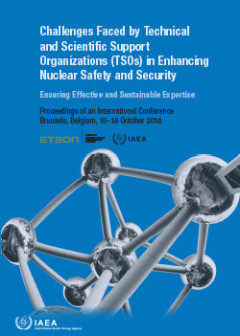
Challenges Faced by Technical and Scientific Support Organizations (TSOs) in …
The global nuclear safety and security framework (GNSSF) provides a conceptual structure and guidelines for achieving and maintaining a high level of safety and security at nuclear facilities and in nuclear related activities around the world. Technical and scientific support organizations (TSOs) play an essential role in sustaining the GNSSF by providing assistance to regulatory bodies in esta…
- Edisi
- -
- ISBN/ISSN
- 978-92-0-121021-0
- Deskripsi Fisik
- 258 p
- Judul Seri
- Proceedings Series - International Atomic Energy Agency
- No. Panggil
- 621.039.58 IAE c
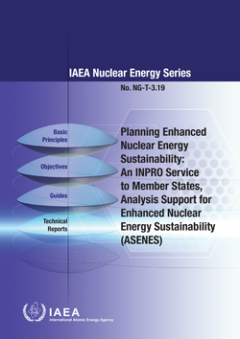
Planning Enhanced Nuclear Energy Sustainability An INPRO Service to Member St…
Energy is a key input for most human activities. It represents an engine for socioeconomic development and is vital for the provision of basic public services such as health care, education, clean water and sanitation. A lack of access to a reliable, affordable and modern energy supply is a major challenge to achieving the Sustainable Development Goals1 (SDGs) [1].
- Edisi
- -
- ISBN/ISSN
- 978-92-0-105121-9
- Deskripsi Fisik
- 51 p
- Judul Seri
- -
- No. Panggil
- 621.48 IAE P
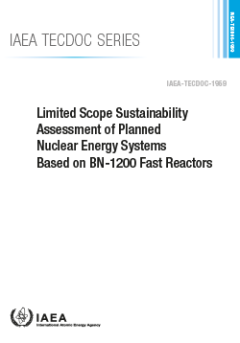
Limited Scope Sustainability Assessment of Planned Nuclear Energy Systems Bas…
An example of a limited scope INPRO sustainability assessment of an innovative nuclear energy system used the BN-1200 fast reactor as a case study. The INPRO assessment was performed at the full-depth criteria level and helped to identify actions for sustainable long term deployment of sodium cooled fast reactors. The publication describes the application of the INPRO sustainability assessment …
- Edisi
- -
- ISBN/ISSN
- 978-92-0-109121-5
- Deskripsi Fisik
- 100 Pages
- Judul Seri
- -
- No. Panggil
- -
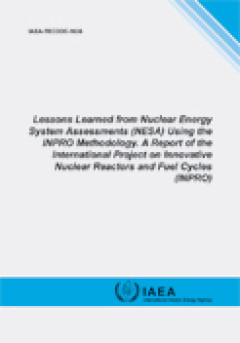
Lessons Learned from Nuclear Energy System Assessments (NESA) Using the INPRO…
INPRO is an international project to help ensure that nuclear energy is available to contribute in a sustainable manner to meeting the energy needs of the 21st century. This publication is part of Phase 2 of INPRO and provides a summary of seven nuclear energy assessment (NESA) studies that document the application of the INPRO methodology in national nuclear power programmes, in specific desig…
- Edisi
- -
- ISBN/ISSN
- 978-92-0-112509-5 / 1011-4289
- Deskripsi Fisik
- 165 p
- Judul Seri
- -
- No. Panggil
- -
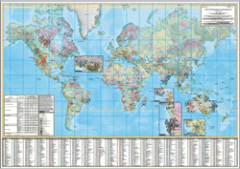
World Distribution of Thorium Deposits - Non-serial Publications
The World Distribution of Thorium Deposits map, at a scale of 1:35 000 000, is intended to be a snapshot of the IAEA ThDEPO database showing the broad distribution of thorium resources worldwide. The map displays the Thorium deposit-type classification system and deposit size ranges, and includes interactive querying and layer capability in the Adobe PDF version.
- Edisi
- -
- ISBN/ISSN
- 978-92-0-132220-3
- Deskripsi Fisik
- -
- Judul Seri
- -
- No. Panggil
- -
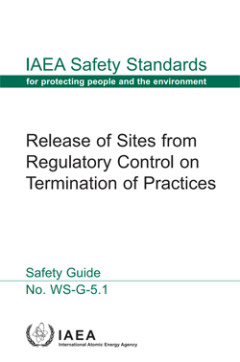
Release of Sites from Regulatory Control on Termination of Practices, Safety …
An increasing number of nuclear facilities are coming to the end of their useful lives and are being, or are going to be, decommissioned with a view to removing the sites from regulatory control. In many cases, decommissioning activities include the decontamination of land, buildings and other structures such as underground pipes and tanks, or ponds, at the site that became contaminated as a re…
- Edisi
- -
- ISBN/ISSN
- 9201016069 / 1020525X
- Deskripsi Fisik
- 37 p. : Illus. ; 24 cm
- Judul Seri
- Safety Standards No. WS-G-5.1
- No. Panggil
- -
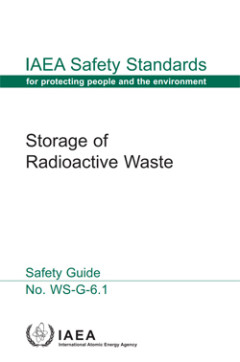
Storage of Radioactive Waste, Safety Guide
Radioactive waste is generated in a broad range of activities involving a wide variety of radioactive materials associated with, for example, the operation of nuclear facilities, the use of sealed radioactive sources in industry, the use of human made radionuclides in hospitals and laboratories, and the decommissioning of such facilities. The physical, chemical and radiological characteristics …
- Edisi
- -
- ISBN/ISSN
- 9201067062 / 1020525X
- Deskripsi Fisik
- 55 p. : Illus. ; 24 cm
- Judul Seri
- Safety Standards Series No. WS-G-6.1
- No. Panggil
- -
 Karya Umum
Karya Umum  Filsafat
Filsafat  Agama
Agama  Ilmu-ilmu Sosial
Ilmu-ilmu Sosial  Bahasa
Bahasa  Ilmu-ilmu Murni
Ilmu-ilmu Murni 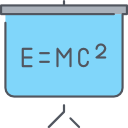 Ilmu-ilmu Terapan
Ilmu-ilmu Terapan  Kesenian, Hiburan, dan Olahraga
Kesenian, Hiburan, dan Olahraga  Kesusastraan
Kesusastraan  Geografi dan Sejarah
Geografi dan Sejarah